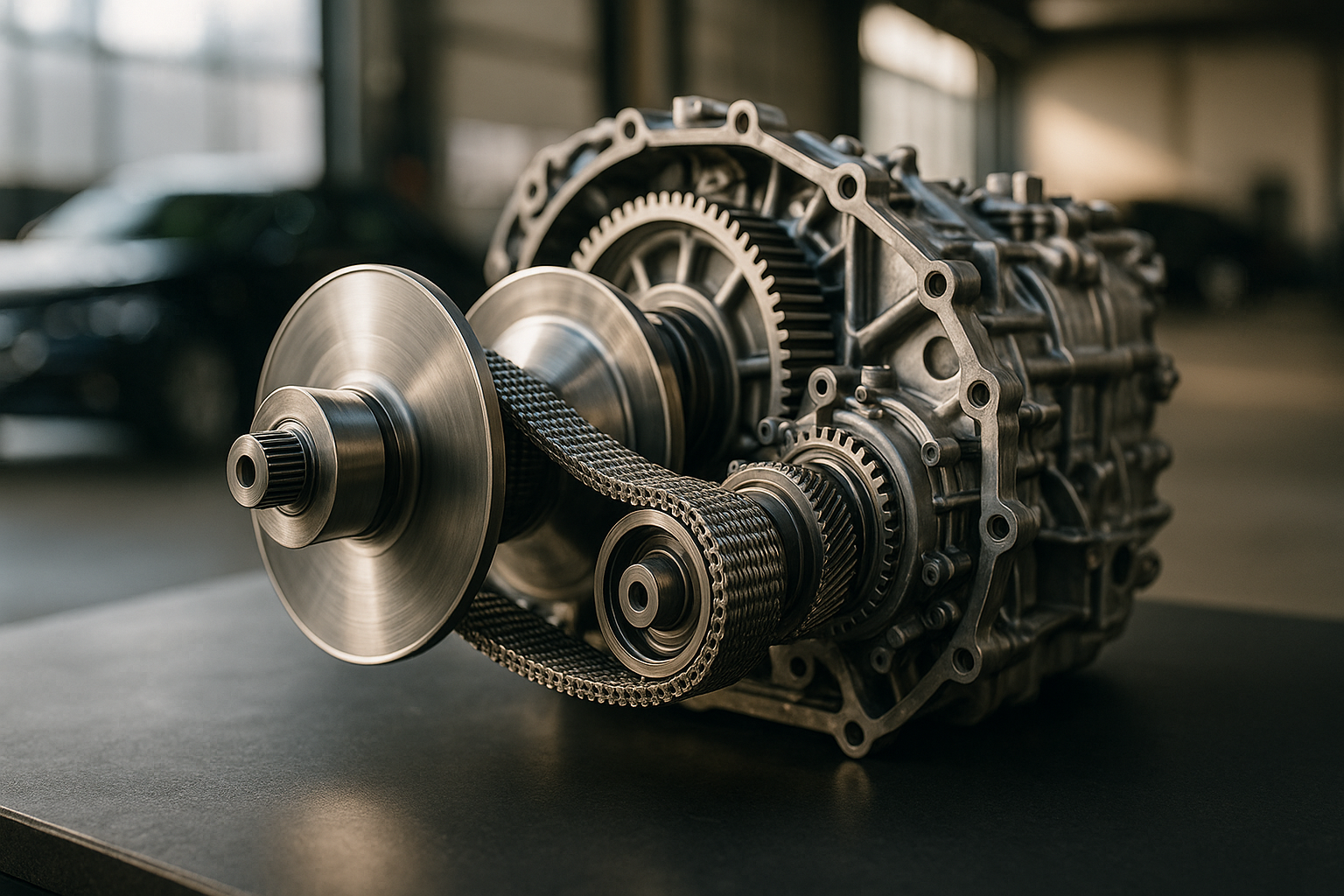The Intricacies of Continuously Variable Transmissions: A Deep Dive into their Mechanics and Impact on the Automotive Industry
In the vast and complex world of automotive technology, Continuously Variable Transmissions (CVT) are a marvel of engineering that's shaping the future of automobile performance. Let's dive into the mechanics of CVTs, their benefits, challenges, and the ripple effect they're causing in the industry.

The Genesis and Evolution of CVTs
The concept of CVTs isn’t new, with Leonardo da Vinci sketching designs for a primitive version in the 15th century. However, their application in the automotive industry only began in the late 20th century. Early iterations suffered from reliability issues, but technological advancements have resulted in durable and highly efficient CVTs that operate smoother than traditional automatic transmissions.
The Mechanics Behind CVTs
Unlike traditional transmissions that have a fixed number of gear ratios, a CVT offers a virtually infinite spread of ratios. This is achieved by using two pulleys connected by a belt or chain, with the size of these pulleys able to change from ‘small’ to ‘large’ in response to different driving conditions. This flexibility allows the engine to operate at its most efficient or powerful state, depending on the driver’s requirements.
The Impact of CVTs on the Industry
The adoption of CVTs by leading manufacturers like Nissan and Subaru signifies a shift in the industry. With their seamless operation and fuel efficiency, CVTs have become a popular choice for compact cars. They also play a significant role in meeting increasingly stringent emission standards. However, CVTs have been criticized for their ‘rubber band’ feel and lack of driving engagement, which has limited their use in performance-oriented cars.
The Future of CVTs
The future of CVTs looks promising, with ongoing research focusing on improving their durability and performance. Innovations like the introduction of ‘artificial’ gear steps aim to make CVTs more appealing to enthusiasts. While the traditional ‘feel’ of gear shifts may be absent, the benefits of CVTs, especially in terms of fuel efficiency and environmental impact, make them a key player in the automotive industry’s future.
The world of automotive engineering is ever-evolving, with technologies like CVTs pushing boundaries and challenging the status quo. As we continue to explore and innovate, the journey of CVTs serves as a reminder of the possibilities that lie ahead, fueling our passion for automobiles and driving culture.




